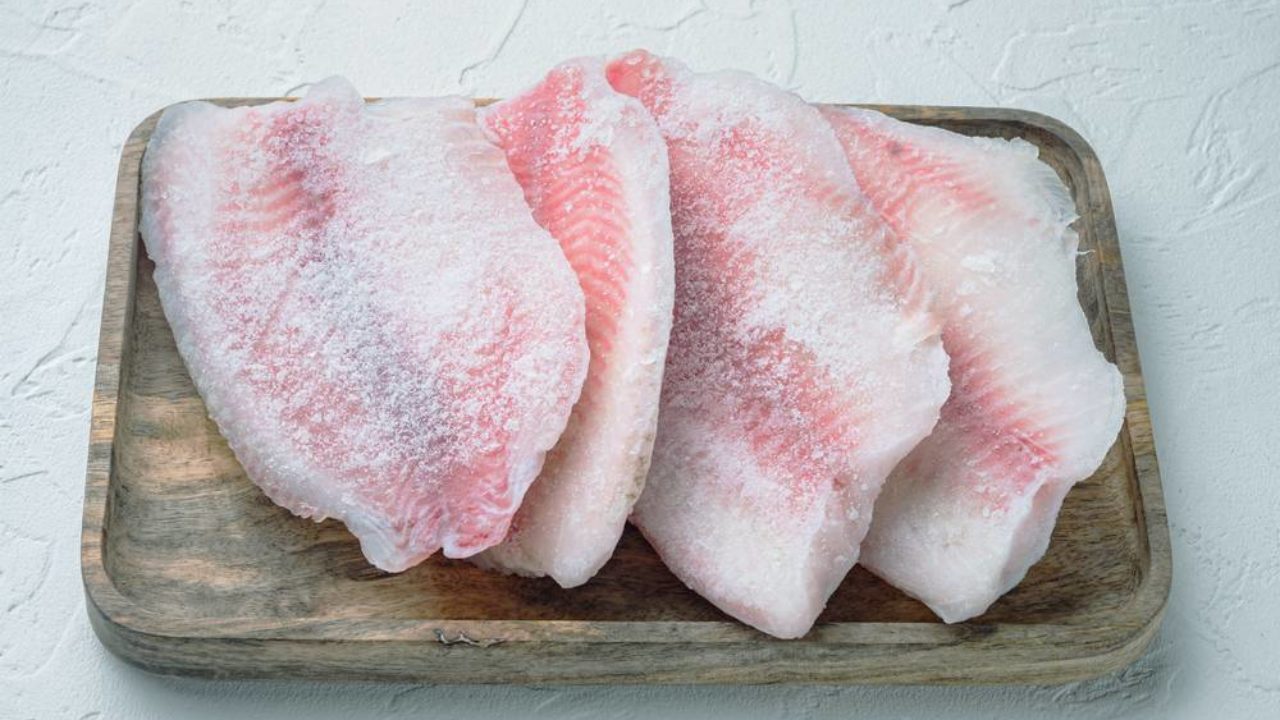

Articles
How Long Is Tilapia Good In The Freezer
Modified: January 21, 2024
Discover how long tilapia can be stored in the freezer and keep it fresh. Read articles for expert advice on freezer storage and food safety.
(Many of the links in this article redirect to a specific reviewed product. Your purchase of these products through affiliate links helps to generate commission for Storables.com, at no extra cost. Learn more)
Introduction
Tilapia is a popular and versatile fish that is enjoyed by many people around the world. Whether you catch it fresh from a lake or purchase it from a grocery store, freezing tilapia is a great way to prolong its shelf life and ensure that you always have a supply on hand. However, it’s important to understand how long tilapia can be kept in the freezer to maintain its quality and taste.
In this article, we will explore the factors that affect the shelf life of frozen tilapia, discuss the signs of freezer burn to look out for, and provide you with proper storage and thawing tips. By following these guidelines, you can safely and deliciously enjoy your frozen tilapia for an extended period of time.
So, let’s dive in and uncover the secrets of keeping tilapia fresh in the freezer!
Key Takeaways:
- Properly frozen tilapia can be stored in the freezer for 6 to 9 months without significant loss in quality, but it’s best to consume it within this timeframe for the best flavor and texture.
- Signs of freezer burn in tilapia include discoloration, texture changes, off flavors, and ice crystals. Proper storage and thawing techniques are crucial to prevent freezer burn and maintain the quality of frozen tilapia.
Read more: How Long Is Soup Good In The Freezer
Understanding Tilapia
Tilapia is a freshwater fish that is native to various regions across the globe. It is a popular choice for both commercial fishing and aquaculture due to its mild taste, firm texture, and high nutritional value. Tilapia is known for its versatility and can be prepared in various ways, including grilling, baking, sautéing, or even as an ingredient in soups and stews.
One of the reasons why tilapia is a sought-after fish is its nutritional profile. It is a rich source of lean protein, low in saturated fat, and contains essential vitamins and minerals such as vitamin D, vitamin B12, and selenium. Additionally, tilapia is relatively low in calories, making it a healthy choice for those watching their calorie intake.
When it comes to choosing tilapia, there are different varieties available, including Nile tilapia, blue tilapia, and Mozambique tilapia. These varieties may vary in texture and flavor, so you can choose the one that best suits your preferences.
Whether you catch tilapia yourself or purchase it from a fish market or grocery store, it’s important to ensure that the fish is fresh and handled properly. Look for signs of freshness, such as clear and bright eyes, firm flesh, and a mild, oceanic scent. If the fish has a strong fishy odor or slimy texture, it is best to avoid it as it may indicate that it is not fresh.
Now that we have a better understanding of tilapia, let’s explore the freezing process and how it affects the shelf life of this delicious fish.
Freezing Tilapia
Freezing tilapia is a simple and effective way to preserve its freshness and extend its shelf life. When done correctly, freezing can help maintain the flavor, texture, and nutritional value of the fish. Here are the steps to properly freeze tilapia:
- Start by cleaning and preparing the tilapia. Remove the scales, guts, and any other unwanted parts of the fish. Rinse it thoroughly with cold water to remove any impurities.
- Dry the tilapia completely using paper towels. Moisture can lead to freezer burn, so it’s essential to remove as much water as possible from the surface of the fish.
- Wrap each piece of tilapia individually in plastic wrap or place them in freezer bags. This will protect the fish from freezer burn and prevent any odors from other foods in the freezer from being absorbed.
- If using freezer bags, remove as much air as possible before sealing them. You can do this by slowly pressing the bag against the tilapia to allow air to escape before sealing it tightly.
- Label the packages with the current date. This will help you keep track of the frozen tilapia’s freshness and ensure that you use the oldest ones first.
- Place the wrapped tilapia in the coldest part of your freezer, such as the back or bottom shelf. Keep it away from any other strong-smelling foods to prevent any unwanted flavors from being transferred.
By following these steps, you can ensure that your tilapia remains fresh and of high quality for an extended period of time. But how long can tilapia actually be kept in the freezer? Let’s find out in the next section.
How Long Can Tilapia Be Kept in the Freezer?
The shelf life of frozen tilapia can vary depending on several factors, including the quality of the fish, the storage conditions, and the packaging. However, in general, properly frozen tilapia can be stored in the freezer for up to 6 to 9 months without a significant loss in quality.
It’s important to note that while frozen tilapia can be safely consumed beyond this timeframe, the taste and texture may deteriorate over time. Therefore, it’s recommended to consume the fish within the 6 to 9 month period to enjoy the best flavor and texture.
It’s crucial to mention that the freezer temperature plays a vital role in preserving the quality of frozen tilapia. The ideal temperature for a freezer should be set at or below 0°F (-18°C) to ensure that the fish remains frozen solid and free from any spoilage or bacterial growth.
Additionally, it’s worth noting that freezing is not a method of sterilization. Freezing can only suspend the growth of microorganisms and slow down enzymatic reactions, but it doesn’t eliminate them completely. Therefore, it’s essential to handle and thaw frozen tilapia properly to avoid any foodborne illnesses.
Now that we know how long tilapia can be safely stored in the freezer, let’s explore the factors that can affect its shelf life.
Factors Affecting the Shelf Life of Frozen Tilapia
Several factors can impact the shelf life of frozen tilapia. Understanding these factors can help you maintain the quality and freshness of the fish throughout its time in the freezer. Here are the main factors that affect the shelf life of frozen tilapia:
- Quality of the fish: The freshness and quality of the tilapia at the time of freezing can greatly influence its shelf life. If the fish is already past its prime or has been mishandled before freezing, it may not last as long in the freezer.
- Proper packaging: The way tilapia is packaged before freezing plays a significant role in maintaining its quality. Proper packaging, such as individually wrapping each piece of fish or using airtight freezer bags, helps prevent freezer burn and slows down spoilage.
- Freezer temperature: Keeping the freezer at the recommended temperature of 0°F (-18°C) is crucial for preserving the quality of frozen tilapia. Fluctuations in temperature can lead to the formation of ice crystals and degrade the texture and taste of the fish.
- Storage duration: While frozen tilapia can be stored for up to 6 to 9 months, it’s important to use the oldest packages first to maintain the best quality. The longer the fish stays in the freezer, the greater the chances of some deterioration occurring.
- Proper handling during thawing: Thawing frozen tilapia incorrectly can affect its texture and taste. It’s important to thaw the fish in the refrigerator or under cold running water, and avoid refreezing it once it has been thawed.
By taking these factors into consideration, you can maximize the shelf life of your frozen tilapia and ensure that it retains its flavor and quality for as long as possible.
In the next section, we will discuss how to identify signs of freezer burn in tilapia and what to do if you encounter it.
Tilapia can be stored in the freezer for up to 6 months before it starts to lose quality. Be sure to package it properly to prevent freezer burn.
Read more: How Long Are Tamales Good In The Freezer
Signs of Freezer Burn in Tilapia
Freezer burn is a common occurrence in frozen foods, including tilapia. It is caused by the dehydration and oxidation of the fish’s surface when it is exposed to air inside the freezer. While freezer burn is not harmful to consume, it can negatively impact the texture, taste, and overall quality of the tilapia.
Here are some signs to look out for to identify freezer burn in tilapia:
- Discoloration: Freezer-burned tilapia may have white or grayish patches on its surface. These patches appear dry rather than moist and can give the fish an unappealing appearance.
- Texture changes: The texture of freezer-burned tilapia may become dry, tough, or rubbery. It can lose its firmness and become more flaky or mushy in consistency.
- Off flavor: Freezer burn can affect the taste of tilapia, giving it a stale or off-flavor. It may have a slight metallic or rancid taste due to the oxidation of the fats in the fish.
- Ice crystals: Another indicator of freezer burn is the presence of large ice crystals on the surface of the fish. These crystals can form when the fish is not properly sealed or when there are temperature fluctuations in the freezer.
If you notice any of these signs on your frozen tilapia, it’s best to discard the affected portions to maintain the quality and taste of the remaining fish. However, if the freezer burn is minimal, you can trim off the affected area before cooking.
Proper storage techniques and minimizing the exposure to air can help prevent freezer burn in tilapia. In the next section, we will provide you with some helpful tips on how to store frozen tilapia to maintain its freshness and quality.
Proper Storage Tips for Frozen Tilapia
To keep your frozen tilapia fresh and of high quality, it’s important to follow proper storage practices. Here are some tips to help you store your frozen tilapia effectively:
- Use proper packaging: Wrap each piece of tilapia individually in plastic wrap or place them in airtight freezer bags to protect them from freezer burn. Remove as much air as possible from the packages before sealing them to minimize the risk of ice crystals forming.
- Label and date: Clearly label each package with the current date before placing it in the freezer. This will help you keep track of the storage duration and ensure that you use the oldest fish first.
- Store at the right temperature: Set your freezer to maintain a temperature of 0°F (-18°C) or below. This ensures that the fish remains frozen solid and maintains its quality throughout the storage period.
- Organize your freezer: Arrange the frozen tilapia in a way that allows for proper air circulation. Keep it in the coldest part of the freezer, such as the back or bottom shelf, away from the freezer door or any areas where temperature fluctuations are more likely.
- Avoid overloading the freezer: Overcrowding the freezer can hinder proper air circulation and lead to uneven freezing and potential degradation of the fish. Leave enough space between the packages to allow for proper airflow.
- Minimize temperature fluctuations: Limit the number of times you open the freezer door to maintain a consistent temperature. Rapid temperature changes can contribute to the formation of ice crystals and affect the quality of the fish.
- Follow the first-in, first-out rule: When using frozen tilapia, adhere to the first-in, first-out principle. Use the oldest packages first to ensure that you consume the fish before it reaches its maximum recommended storage duration.
By following these storage tips, you can optimize the shelf life and maintain the quality of your frozen tilapia. Now that you know how to store it properly, let’s explore the best methods for thawing frozen tilapia safely.
Thawing Tilapia Safely
Proper thawing is crucial to maintain the texture and taste of frozen tilapia. Thawing allows the fish to gradually reach a safe temperature for cooking without causing any loss in quality. Here are a few safe thawing methods for tilapia:
- Refrigerator thawing: The recommended method for thawing tilapia is in the refrigerator. Place the frozen fish in a shallow dish or a sealed container and allow it to thaw slowly in the refrigerator. This method can take anywhere from 8 to 24 hours, depending on the size of the fish and the temperature of the refrigerator. Once thawed, use the tilapia within 1 to 2 days.
- Cold water thawing: If you need to thaw the tilapia more quickly, you can use the cold water method. Place the frozen fish in a leak-proof plastic bag and submerge it in cold water. Change the water every 30 minutes to maintain a consistent temperature. It may take approximately 1 to 2 hours to thaw a pound of tilapia using this method. Once thawed, cook the fish immediately.
- Microwave thawing: Microwaving is another option for thawing tilapia, but it should be done with caution. Follow the microwave’s defrost setting and carefully monitor the fish to avoid partial cooking. Once thawed, cook the fish immediately as microwaving can unevenly thaw the fish, leading to some parts being partially cooked while others remain frozen.
Regardless of the method you choose, it’s important to avoid refreezing thawed tilapia. Once the fish has been thawed, it should be cooked promptly to ensure food safety and maintain its quality.
Now that you know how to safely thaw frozen tilapia, let’s move on to exploring the various cooking methods for this delicious fish!
Cooking Frozen Tilapia
When it comes to cooking frozen tilapia, there are a few different methods you can use to achieve delicious and flavorful results. Here are some popular cooking techniques for frozen tilapia:
- Baking: Preheat your oven to around 400°F (200°C). Place the frozen tilapia fillets on a baking sheet lined with parchment paper or foil. Brush the fillets with olive oil or melted butter and season them with your preferred herbs and spices. Bake for about 15-20 minutes or until the fish flakes easily with a fork. Serve the baked tilapia with a squeeze of lemon or tartar sauce for added flavor.
- Grilling: Preheat your grill to medium heat. Brush the frozen tilapia fillets with olive oil or a marinade of your choice. Grill the fillets for about 4-5 minutes per side, or until the fish is cooked through and easily flakes. Grilling gives the tilapia a smoky and charred flavor, making it a delicious option for outdoor cooking enthusiasts.
- Pan-frying: Heat a skillet over medium-high heat and add a small amount of oil or butter. Place the frozen tilapia fillets directly into the skillet. Cook for 4-5 minutes on each side until the fish is golden brown and flakes easily. Pan-frying adds a crispy texture to the tilapia while keeping the inside tender and moist.
- Sautéing: Heat a little oil or butter in a pan over medium heat. Add diced onions, garlic, or other desired vegetables to the pan and cook until softened. Place the frozen tilapia fillets on top of the vegetables and cook for 5-7 minutes on each side until the fish is cooked through. This method infuses the tilapia with the flavors of the seasonings and vegetables.
- Steaming: Fill a steamer pot or a wide, shallow pan with a small amount of water and bring it to a simmer. Place the frozen tilapia fillets in a steamer basket or on a heatproof plate, ensuring they are not submerged in the water. Cover the pot and steam for about 8-10 minutes, or until the fish is opaque and easily flakes. Steaming keeps the tilapia moist and tender while preserving its natural flavors.
Remember to adjust cooking times depending on the thickness of the frozen tilapia fillets. It’s important to ensure that the fish reaches an internal temperature of 145°F (63°C) to ensure it is fully cooked and safe to eat.
With these cooking techniques at your disposal, you can easily prepare a variety of delicious dishes using frozen tilapia. Now, let’s wrap up with some final thoughts.
Read more: How Long Are Ribs Good In The Freezer
Conclusion
Freezing tilapia is an excellent way to preserve its freshness and extend its shelf life. By understanding the proper freezing and storage techniques, you can ensure that your frozen tilapia remains of high quality and ready to use whenever you need it.
Remember to clean and prepare the tilapia properly before freezing, and wrap each piece securely to protect it from freezer burn. Label and date the packages, and store them at a consistent temperature of 0°F (-18°C) or below. By following these steps, you can enjoy frozen tilapia for up to 6 to 9 months without a significant loss in quality.
Be aware of the signs of freezer burn, such as discoloration, texture changes, and off flavors. If you encounter freezer-burned portions of tilapia, it’s best to discard them or trim off the affected areas before cooking.
Thawing frozen tilapia safely is crucial to maintain its texture and taste. Use methods like refrigerator thawing, cold water thawing, or microwave thawing while ensuring that you cook the fish promptly once it is thawed.
When it comes to cooking frozen tilapia, there are various methods to choose from, including baking, grilling, pan-frying, sautéing, and steaming. Experiment with different seasonings and preparations to add flavor and variety to your dishes.
Whether you’re planning a quick weekday dinner or hosting a special gathering, having frozen tilapia on hand provides a convenient and versatile option for delicious seafood meals.
So, embrace the possibilities of freezing tilapia and enjoy the convenience of having this flavorful fish readily available in your freezer. By following the proper storage and cooking techniques, you can savor the taste of tilapia for months to come!
Frequently Asked Questions about How Long Is Tilapia Good In The Freezer
Was this page helpful?
At Storables.com, we guarantee accurate and reliable information. Our content, validated by Expert Board Contributors, is crafted following stringent Editorial Policies. We're committed to providing you with well-researched, expert-backed insights for all your informational needs.




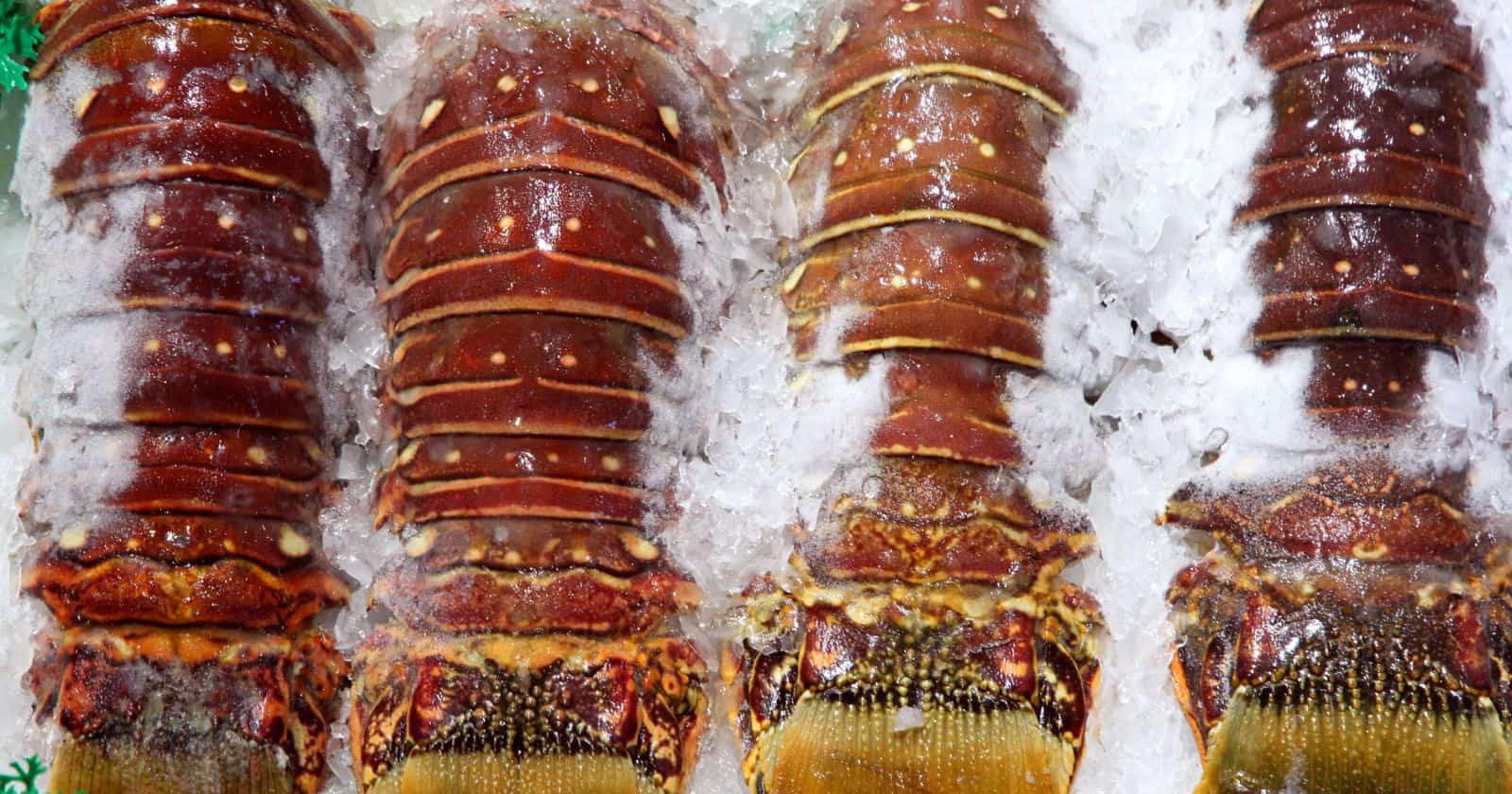
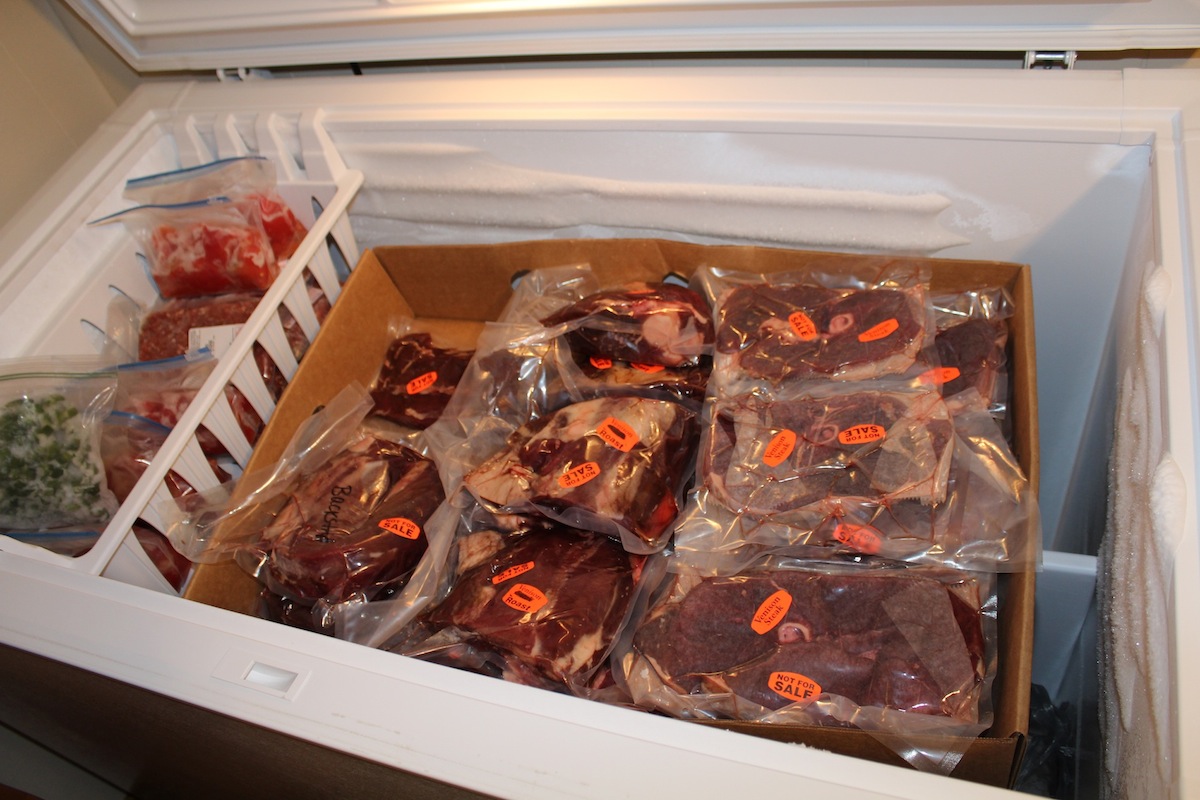

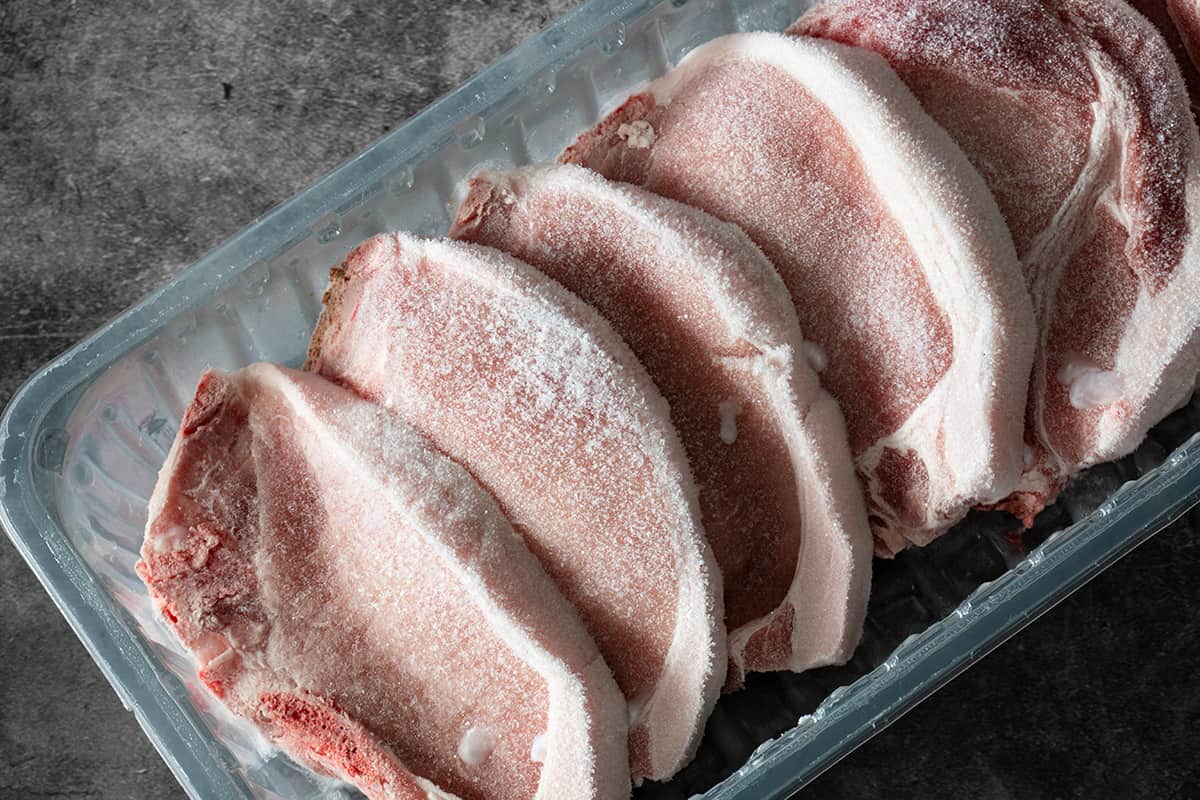


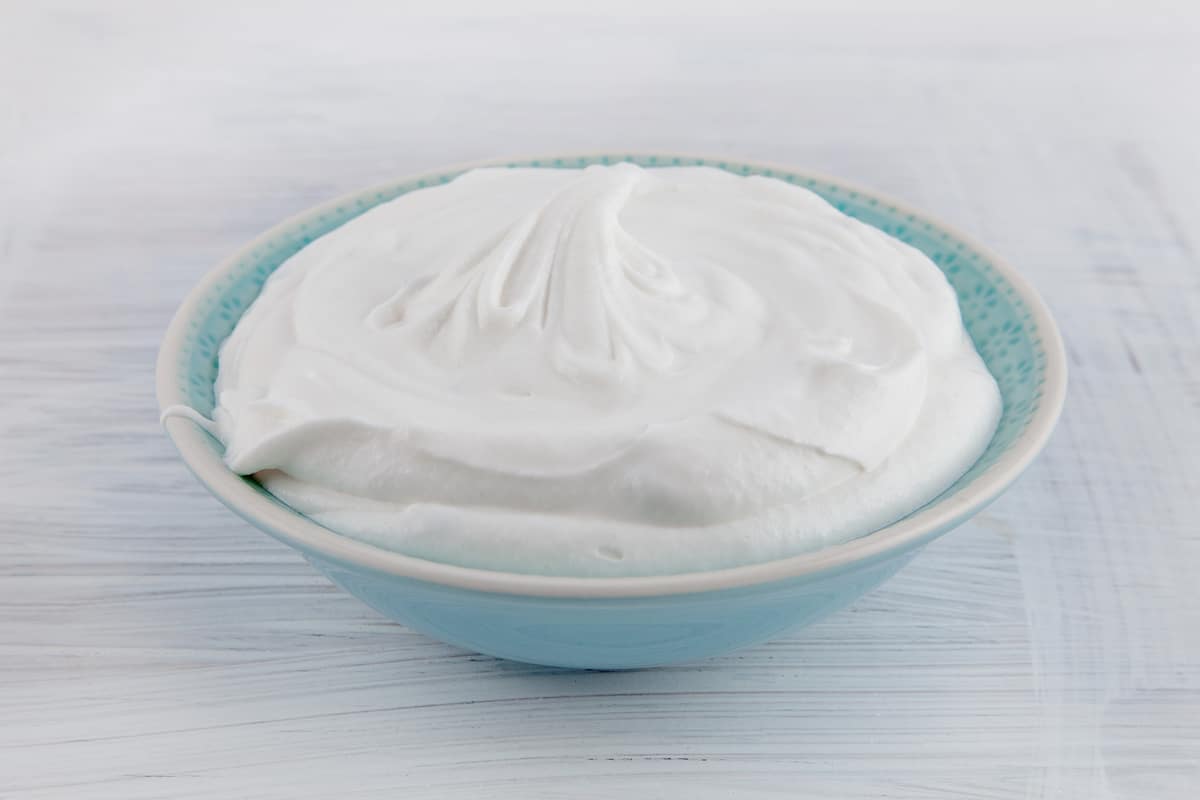



0 thoughts on “How Long Is Tilapia Good In The Freezer”